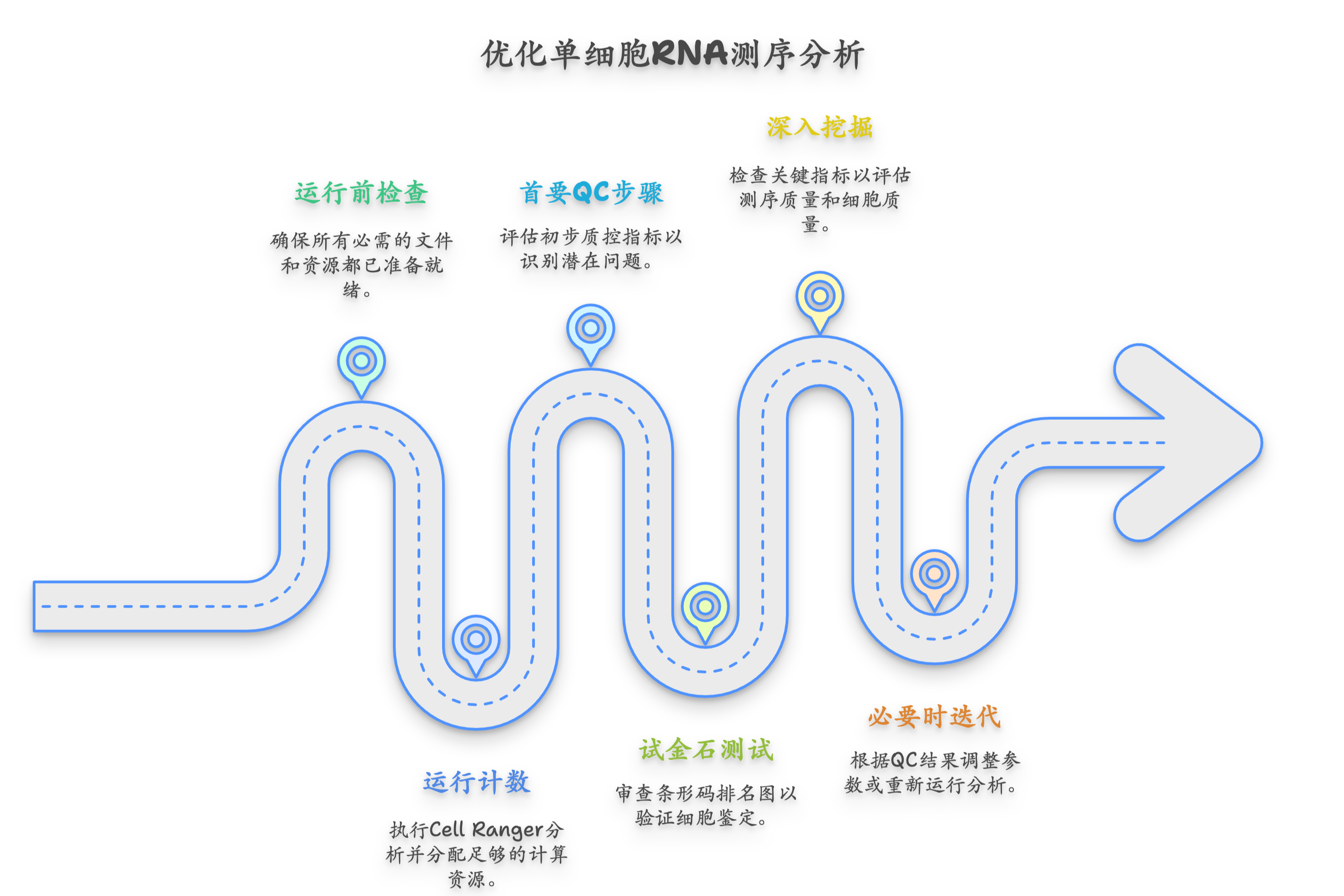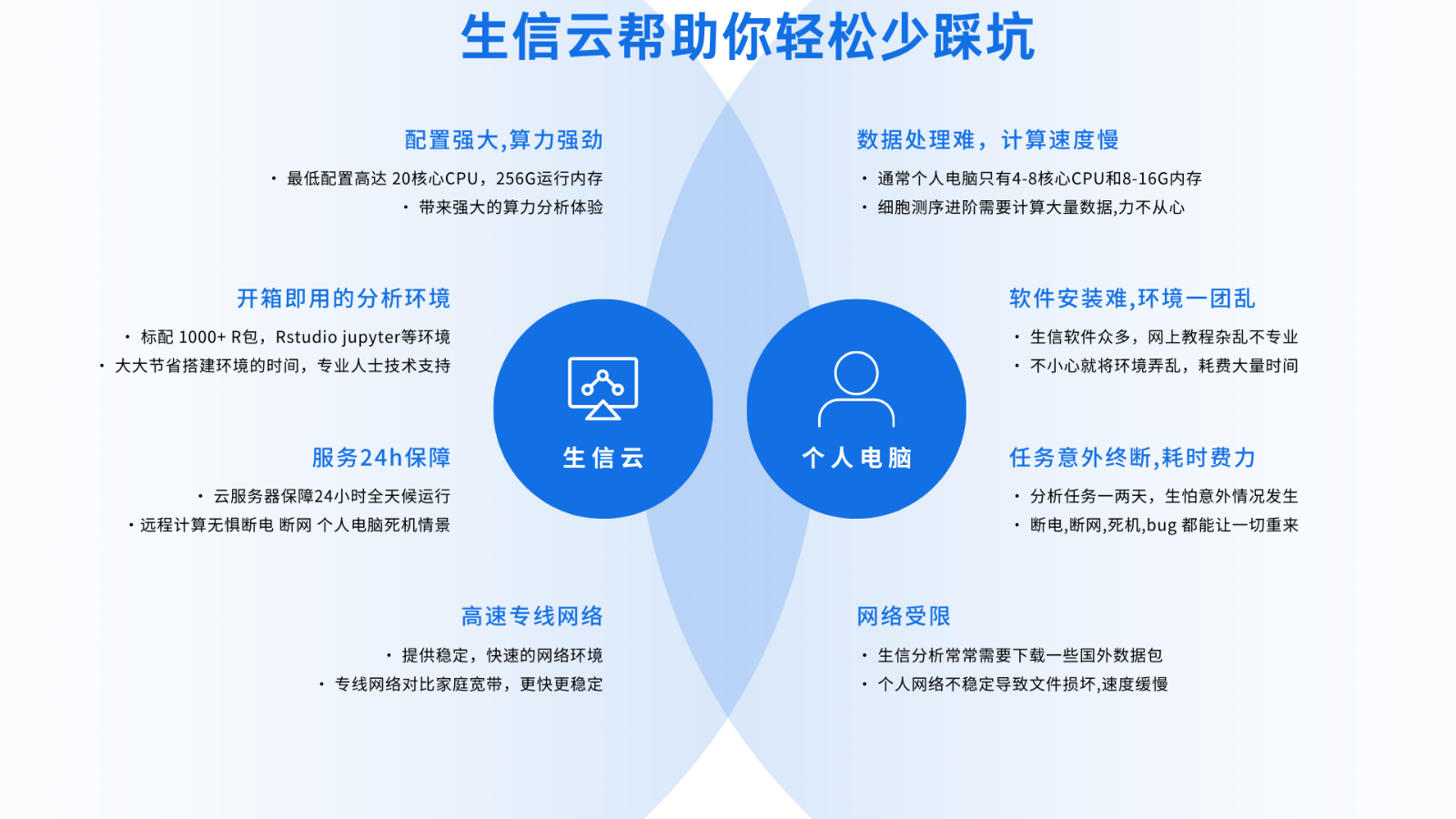
scalable genomics compute gateway powers clinical-grade genomic interpretation at scale. Such platforms are engineered to process large-scale biological data and extract actionable insights. With optimized analytics and cloud-native workflows, they expedite variant interpretation and biomarker discovery.
Elastic Bioinformatics Computing for High-Volume Analysis
Sequencing and high-throughput assays create huge datasets requiring specialized computing capacity. Scalable servers are indispensable to process, store, and analyze these large biological datasets.
- Resource elasticity enables continuous processing without costly overprovisioning.
- Distributed task execution and map-reduce style processing enable efficient large-scale analyses.
- Typical workloads include whole-genome assembly, transcriptomics, variant annotation, and ML-driven interpretation.
The cloud era delivers shared infrastructure that researchers worldwide can provision for intensive analyses.
Specialized Cloud Environments for Genomic Computation
The sequencing data surge compels adoption of scalable, cloud-based infrastructures for analysis. Such clouds deliver instant access to compute clusters, object storage, and curated bioinformatics toolchains.

Holistic Bioinformatic Analyses Enabled by Cloud Resources
Bioinformatics increasingly demands extensive computational resources to analyze complex biological datasets. Legacy on-site compute setups may not adapt quickly to changing project sizes and timelines.
Cloud-based compute empowers teams to scale experiments without long hardware procurement cycles.
Cloud flexibility minimizes infrastructure overhead and supports secure, shared environments for genomic research.
Cloud-First Bioinformatics: Specialized, Composable Solutions
The evolution of bioinformatics is driving demand for cloud-native, domain-specific platforms that streamline research. These solutions provide reproducible pipelines, compliant data handling, and compute elasticity for biomedical research.
Moreover, the intrinsic scalability of cloud computing allows rapid resource changes on demand, democratizing access to advanced bioinformatics and empowering researchers globally.

Dynamic On-Demand Servers for Faster Bioinformatics Turnaround
When workflows require bursts of compute, on-demand servers present a cost-effective, rapid solution. This approach eliminates the burden of maintaining dedicated hardware and enables faster turnaround times for intensive bioinformatics tasks.
Preconfigured compute images simplify reproducibility by shipping with tested tool versions and dependencies. This lets scientists focus their efforts on scientific interpretation and discovery rather than software configuration.
aaS Bioinformatics Platforms for Efficient Data Interpretation
These service models provide turnkey access to analytical power, specialized databases, and collaborative tools. They empower teams to analyze complex datasets and uncover patterns relevant to biology and medicine.

- aaS models let researchers access compute power on demand for peak processing windows.
- SaaS tools simplify multi-site collaborations by standardizing environments and data handling.
- Machine learning, statistical models, and curated analytics uncover novel patterns in omics datasets.
On-Demand Bioinformatics for Personalized Treatment Strategies
Increased genomic and phenotypic data yields more precise stratification for personalized treatments. Bioinformatic analysis servers extract meaningful insights from complex datasets using sophisticated algorithms to predict disease risk, tailor treatment plans, and monitor patient responses. Accessible, actionable analytics accelerate translation from molecular data to individualized clinical actions.
Bioinformatics Computing Illuminates Complex Biological Systems
High-performance computing uncovers structure-function relationships and regulatory networks from omics data. Analyzing genomic sequences and protein structures at scale allows identification of hidden patterns that would be imperceptible by eye.

Computational infrastructure offers the tools and scale necessary to interrogate biological complexity rigorously.
High-Performance Next-Gen Infrastructure for Bioinformatics
Modern research projects need infrastructure that adapts to dataset size, complexity, and collaboration needs. Advanced infrastructures provision compute tiers and optimized pipelines to handle sequencing and ML workloads.
- Cloud services present adaptable compute and storage options that match project size and throughput needs.
- Specialized applications and curated pipelines expand to handle new assay types and analytic methods.
专业生信云平台
These platforms promote collaborative science, supporting fast iteration and cross-team data sharing.
An Integrated Bioinformatics Platform for Discovery and Development
The evolving field of bioinformatics needs sophisticated tools to analyze increasing volumes of biological data, and a comprehensive server suite addresses this demand. Included modules span read alignment, variant calling, genome annotation, phylogenetic pipelines, and structure prediction tools. User-friendly dashboards and standardized pipelines promote reproducibility and lower the learning curve for advanced analyses.
